Ilocos Region Attractions: Top Places to Visit in Northern Philippines
The Ilocos Region is a popular tourist destination in the Philippines, known for its rich history, stunning landscapes, and unique culture. Located in the northern part of Luzon, the region is home to various attractions catering to different interests and preferences.
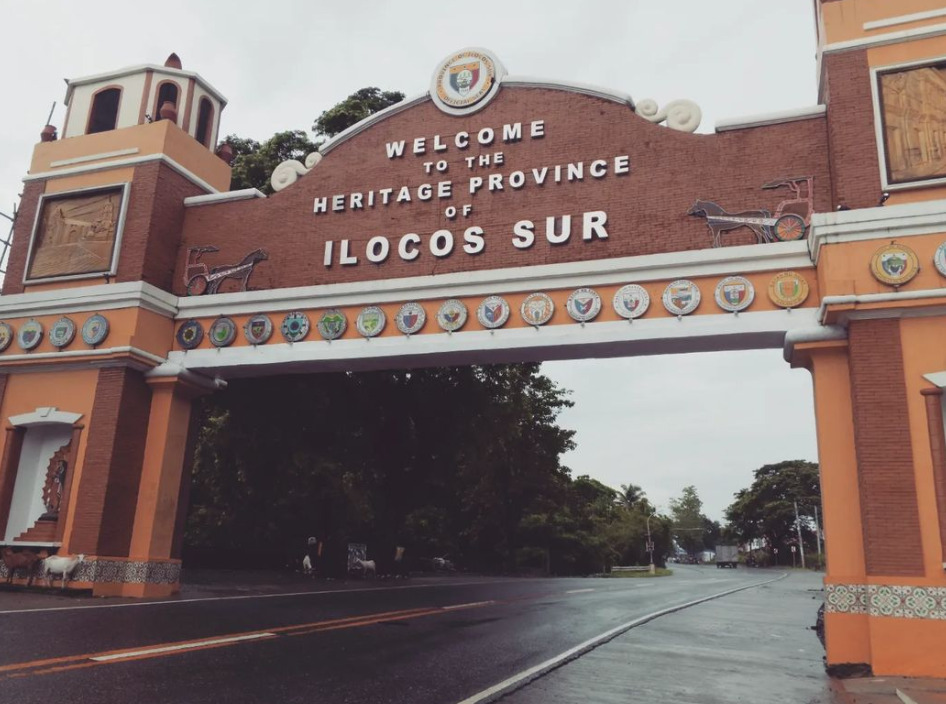
For history buffs, the region is a treasure trove of well-preserved colonial architecture, museums, and heritage sites. The city of Vigan, for instance, is a UNESCO World Heritage Site that boasts a charming array of Spanish-era buildings and cobblestone streets. The region is also home to several churches and landmarks that date back to the Spanish colonial period, such as the Paoay Church and the Bantay Bell Tower.
On the other hand, nature lovers will find plenty to explore in the region’s natural wonders. The Bangui Windmills, a series of towering wind turbines along the coast of Ilocos Norte, offer a breathtaking view of the sea and the surrounding countryside. The Kapurpurawan Rock Formation, a natural wonder in Burgos, Ilocos Norte, features white limestone cliffs shaped by wind and waves over time. These and other natural attractions make the Ilocos Region a must-visit destination for travelers who want to experience the beauty of the Philippines.
Table of Contents
Overview of Ilocos Region
Ilocos Region is one of the 17 regions in the Philippines, located in the northwest part of Luzon Island. It comprises four provinces: Ilocos Norte, Ilocos Sur, La Union, and Pangasinan. The region has a rich cultural heritage, with Spanish colonial architecture, old churches, and traditional crafts. It is also known for its scenic landscapes, such as beaches, mountains, and rolling hills.
Ilocos Region has a total land area of 12,840.01 square kilometers and a population of 5,301,300 as of 2020. The region is divided into 3,267 barangays, with major cities like Laoag, Vigan, and San Fernando. The region’s economy is primarily agricultural, with crops like rice, corn, banana, mango, tomato, tobacco, and coconut. Other industries include food processing, aquaculture, and mining.
Some of the top attractions in Ilocos Region include the following:
- Vigan City: A UNESCO World Heritage Site known for its well-preserved Spanish colonial architecture, cobblestone streets, and traditional houses called “bahay na bato.”
- Pagudpud Beach: A popular beach destination with crystal-clear waters, white sand beaches, and scenic rock formations.
- Paoay Church: A UNESCO World Heritage Site and one of the oldest churches in the Philippines, known for its unique baroque architecture.
- La Paz Sand Dunes: A popular spot for sandboarding and off-road adventures, with scenic coastline views and nearby mountains.
- Hundred Islands National Park: A cluster of 124 small islands and islets off the coast of Pangasinan, known for its clear waters, coral reefs, and marine life.
Overall, the Ilocos Region is a must-visit destination for travelers who want to experience the Philippines’ rich culture, history, and natural beauty.
Historical Significance
The Ilocos Region is a treasure trove of history, with many historic sites that showcase the region’s rich cultural and historical heritage. The Spanish colonial period has left a significant mark on the region, with many churches, houses, and other structures built during that time still standing today. These structures provide a glimpse into the past and allow visitors to immerse themselves in the region’s history.
The Marcos family is one of the most prominent families in the region’s history. Ferdinand Marcos, the former President of the Philippines, was born in Ilocos Norte and was instrumental in the region’s development during his time in office. The Marcos family’s legacy can be seen in many of the region’s landmarks and structures, such as the Ferdinand E. Marcos Presidential Center and the Marcos Museum and Mausoleum.
Visitors to the Ilocos Region can explore the many historic sites and landmarks scattered throughout the region. Some of the most notable sites include the Paoay Church, a UNESCO World Heritage Site that dates back to the 17th century, and the Vigan Heritage Village. This well-preserved Spanish colonial town features cobblestone streets and historic buildings.
Other historic sites in the region include the Santa Maria Church, a beautiful example of Baroque architecture, and the Bantay Church and Bell Tower, which offer stunning views of the surrounding countryside. Visitors can also explore the Malacañang of the North, a grand mansion once the Marcos family’s official residence.
Major Cities in Ilocos
Laoag
Laoag is the capital city of Ilocos Norte and is known for its historical sites. One of the most popular attractions in Laoag is St. William’s Cathedral, a beautiful church built in 1612. Visitors can also explore the Sinking Bell Tower, a unique structure slowly sinking into the ground. Other popular sites in Laoag include the Museo Ilocos Norte and the Malacañang of the North.
Vigan
Vigan is a UNESCO World Heritage Site known for its well-preserved Spanish colonial architecture. Visitors can stroll down Calle Crisologo, a cobblestone street lined with beautiful ancestral homes. Other popular sites in Vigan include the Syquia Mansion Museum, the Bantay Bell Tower, and the Pagburnayan Pottery Making.
Ilocos Sur
Ilocos Sur is a province in the Ilocos Region known for its rich history and culture. Visitors can explore the historic city of Vigan, a UNESCO World Heritage Site. Other popular sites in Ilocos Sur include the Baluarte Zoo, home to various animals, and the Bantay Church and Bell Tower.
Ilocos Norte
Ilocos Norte is a province located in the northern part of the Ilocos Region and is known for its beautiful beaches and scenic landscapes. Visitors can explore the Paoay Church, a UNESCO World Heritage Site known for its unique architecture. Other popular sites in Ilocos Norte include the Kapurpurawan Rock Formation, a beautiful natural wonder, and the Bangui Windmills, a series of wind turbines that generate electricity.
In conclusion, the major cities in Ilocos offer visitors a unique blend of history, culture, and natural beauty. From the well-preserved Spanish colonial architecture in Vigan to the beautiful beaches in Ilocos Norte, there is something for everyone to enjoy in this beautiful region of the Philippines.
Famous Landmarks
Paoay Church
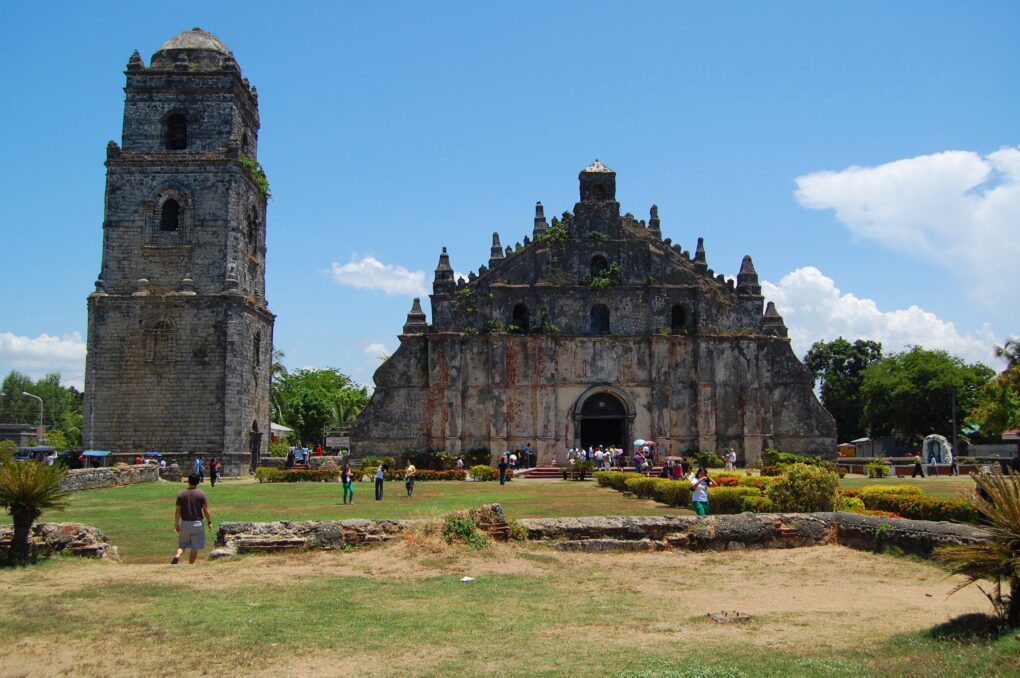
Paoay Church, also known as the St. Augustine Church, is one of the oldest churches in the Philippines. It was built in the 18th century and is a UNESCO World Heritage Site. The church is known for its unique architecture, which combines Baroque, Gothic, and Oriental designs. The church is made of coral stones and has 24 buttresses that support the structure.
Calle Crisologo
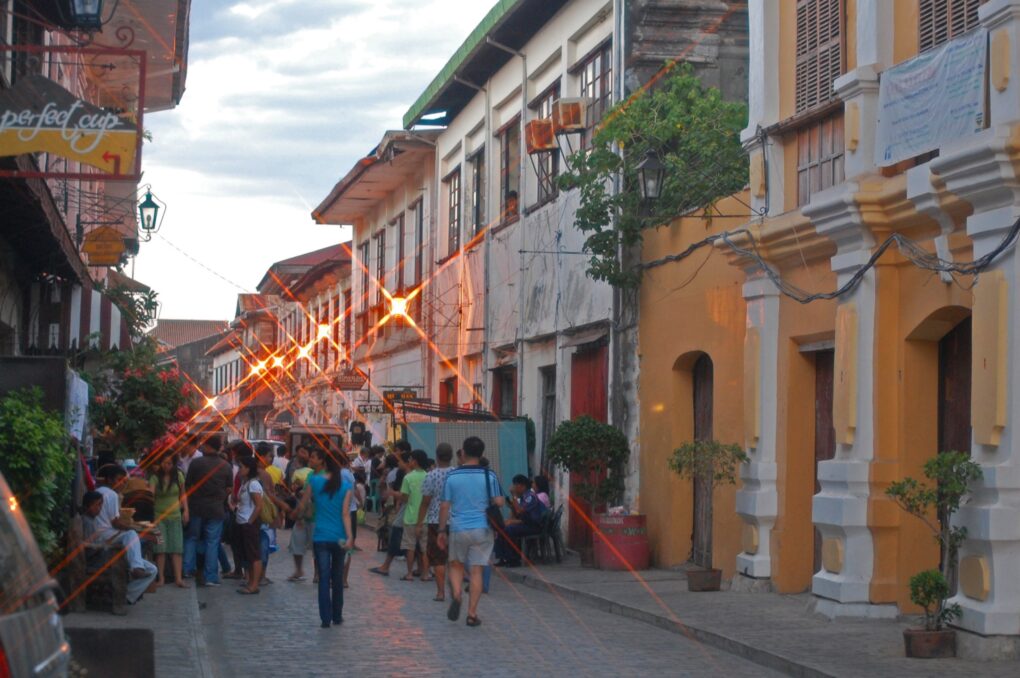
Calle Crisologo is a historic street in Vigan, Ilocos Sur. It is known for its well-preserved Spanish colonial houses and cobblestone streets. The street is lined with souvenir shops, cafes, and restaurants. Visitors can take a horse-drawn carriage ride or a walking tour to explore the area.
Kapurpurawan Rock Formation

Kapurpurawan Rock Formation is a natural wonder located in Burgos, Ilocos Norte. The rock is made of white limestone and formed by oceanic and weather forces. Visitors can take a short hike to the rock formations and enjoy the scenic views of the sea.
Cape Bojeador Lighthouse
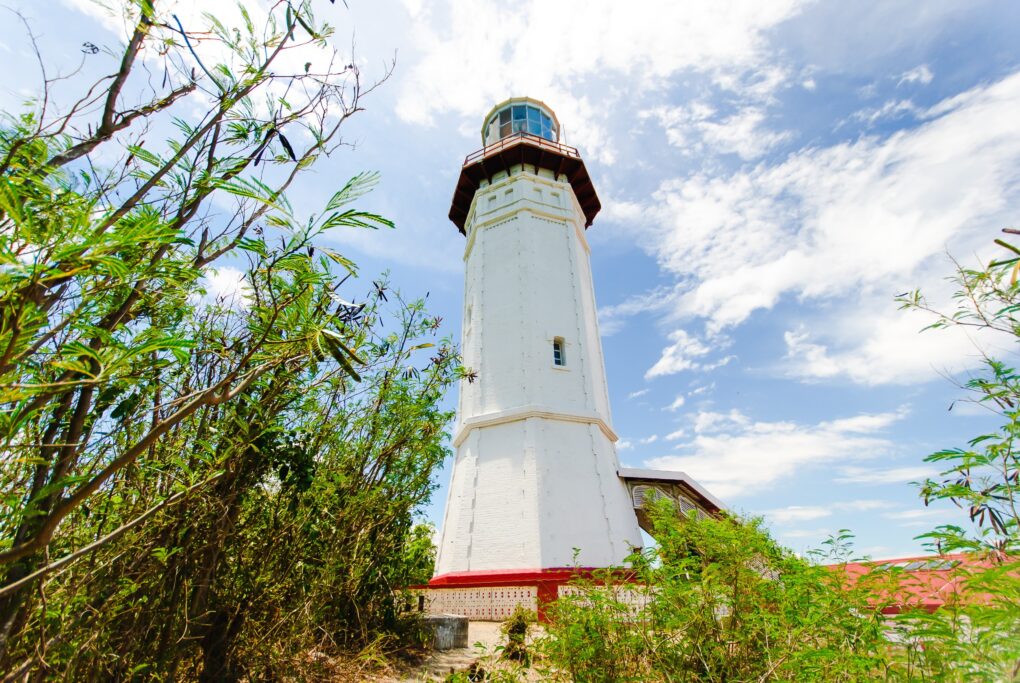
Cape Bojeador Lighthouse is a late 19th-century lighthouse in Burgos, Ilocos Norte. It is one of the oldest lighthouses in the Philippines and is a National Historical Landmark. The lighthouse offers a panoramic view of the sea and the surrounding mountains.
Patapat Viaduct
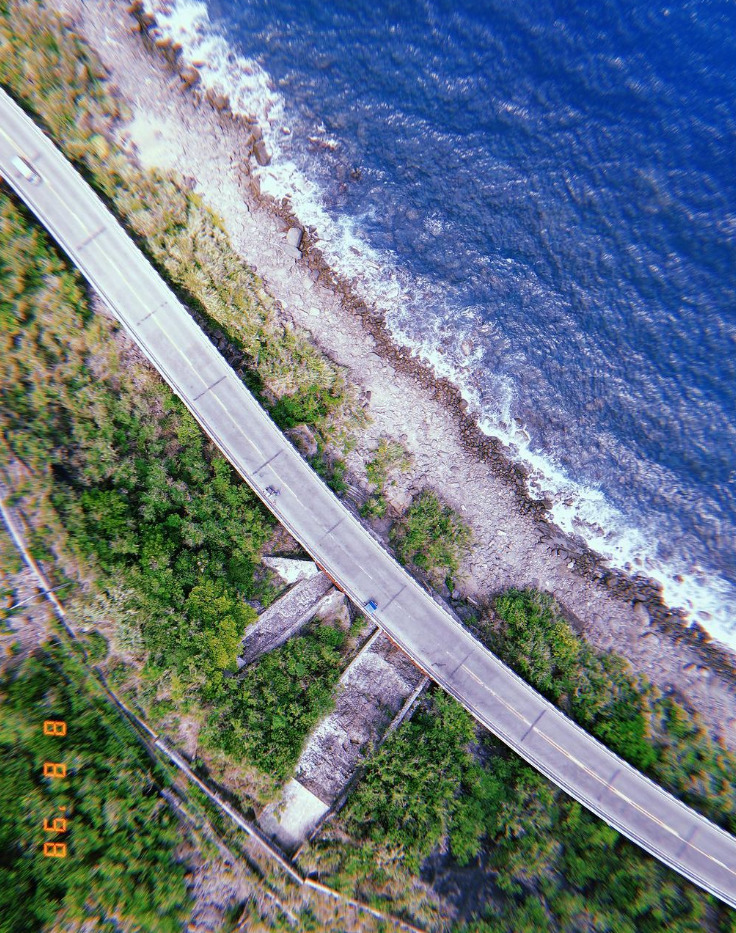
Patapat Viaduct is a scenic bridge located in Pagudpud, Ilocos Norte. It is known for its winding design and offers a stunning view of the sea and the mountains. The bridge is also an engineering marvel, built to withstand earthquakes and typhoons.
These landmarks are just a few of the many attractions that the Ilocos Region has to offer. From religious sites to architectural buildings to historic walking areas and bridges, there is something everyone can enjoy.
Beaches and Natural Attractions
Pagudpud
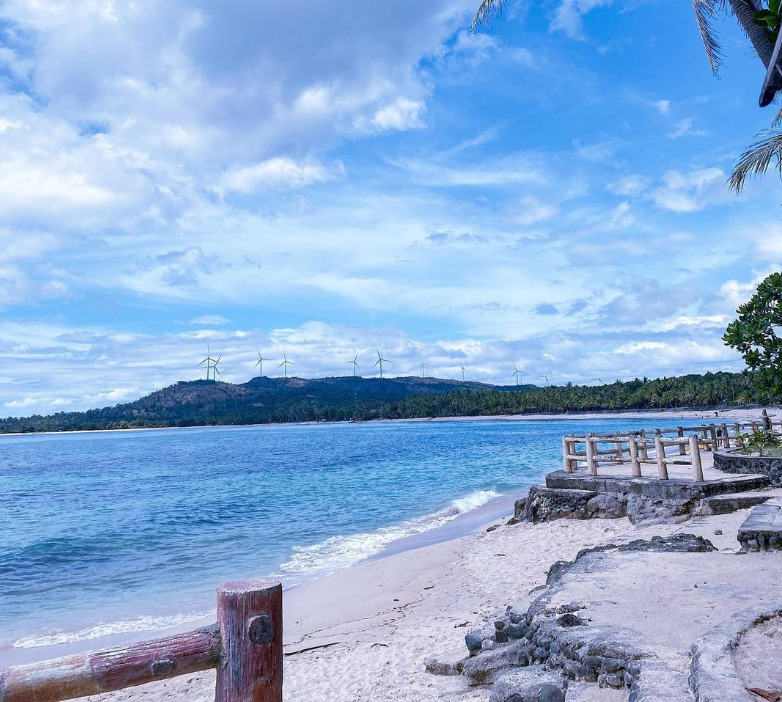
Pagudpud is a popular destination in Ilocos Region, known for its beautiful beaches and crystal-clear waters. Saud Beach is one of the most popular beaches in Pagudpud, with its white sand and clear blue waters. It is a great spot for swimming, sunbathing, and beach activities. The beach is also a great place to watch the sunset.
La Paz Sand Dunes
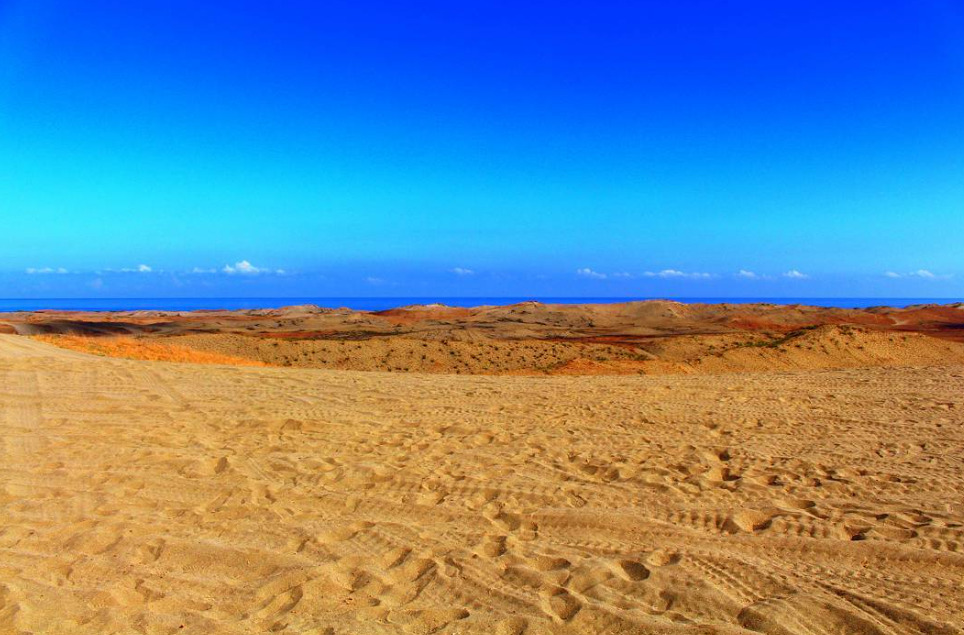
La Paz Sand Dunes is a popular natural attraction in Ilocos Region. It is a vast expanse of dunes that stretches along the coast of Ilocos Norte. Visitors can enjoy various activities here, such as sandboarding, ATV riding, and 4×4 off-road adventures. The dunes are also a great place to watch the sunset.
Blue Lagoon
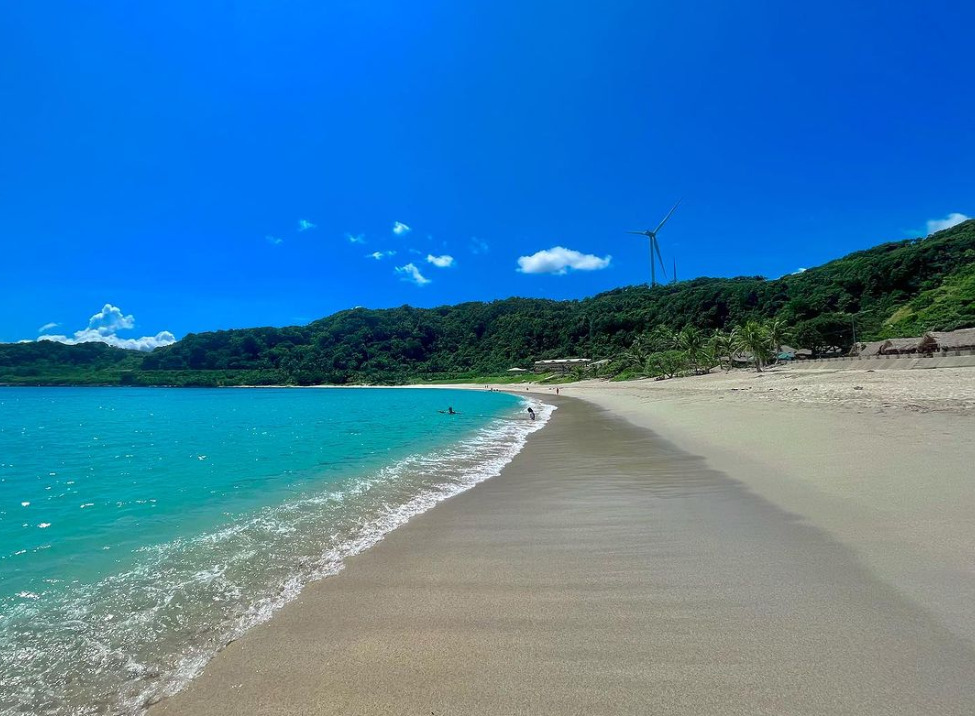
Blue Lagoon is another popular beach in Pagudpud, Ilocos Norte. It is known for its clear blue waters and white sand. The beach is great for relaxing, swimming, and enjoying beach activities. The area also has several resorts and restaurants, making it a great place to stay for a few days.
Ilocos Region is home to several beautiful beaches and natural attractions. From the stunning dunes of La Paz to the crystal-clear waters of Saud Beach and Blue Lagoon, there is no shortage of things to see and do here. Whether you are looking for a relaxing beach vacation or an exciting adventure, Ilocos Region has something for everyone.
Cultural Highlights
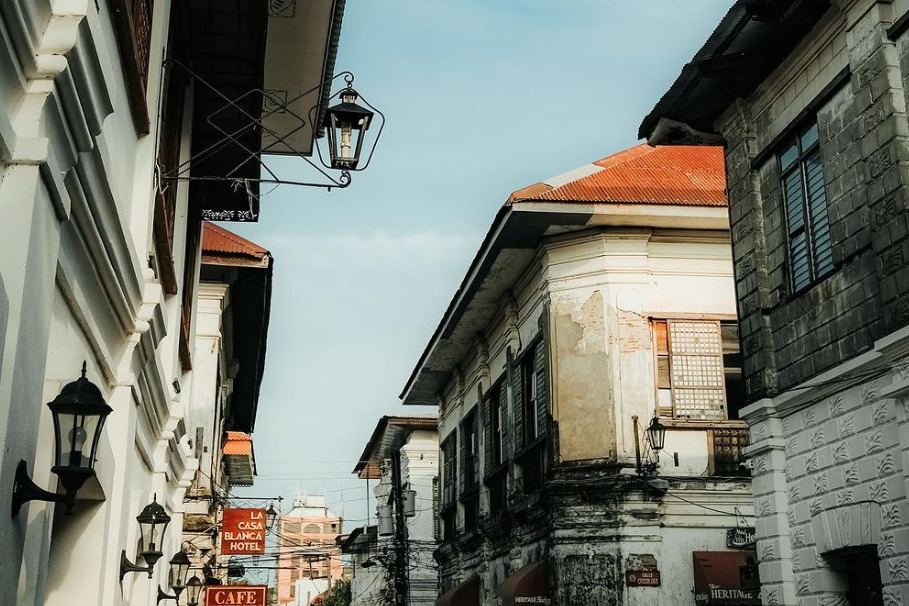
The Ilocos Region is a melting pot of different cultures, including Filipino, Ilocano, Chinese, and English. This blend of cultures is evident in the region’s architecture, cuisine, and traditions.
One of the most prominent cultural highlights of the Ilocos Region is its local and colonial architecture. The region has many well-preserved colonial buildings that showcase Gothic and Baroque styles. The cobblestone streets of Vigan, in particular, are a testament to the region’s rich colonial history. Visitors can stroll down Calle Crisologo, a street lined with heritage houses dating back to the Spanish colonial era.
Another cultural highlight of the Ilocos Region is its cuisine. Visitors can sample traditional Ilocano dishes such as pinakbet, magnet, and longganisa. These dishes are made using local ingredients such as bagoong (fermented fish sauce), kamas (tomatoes), and lasagna (shallots). Chinese influences can also be seen in the region’s cuisine, with dishes such as Miki (noodle soup) and siopao (steamed buns) being popular among locals.
The region’s religious traditions are also an important part of its culture. The Minor Basilica of Our Lady of the Rosary of Manaoag is a popular pilgrimage site for Catholics, drawing thousands of visitors yearly. The basilica is known for its miraculous image of the Virgin Mary, which is said to have healing powers.
Overall, the Ilocos Region’s cultural highlights offer visitors a glimpse into the region’s rich history and traditions. Whether exploring colonial architecture, sampling local cuisine, or participating in religious traditions, there’s something for everyone in this culturally diverse region.
Museums and Galleries
The Ilocos Region is known for its rich history and culture, and one way to learn more about it is by visiting its museums and galleries. Here are two must-visit museums in the region:
Marcos Museum
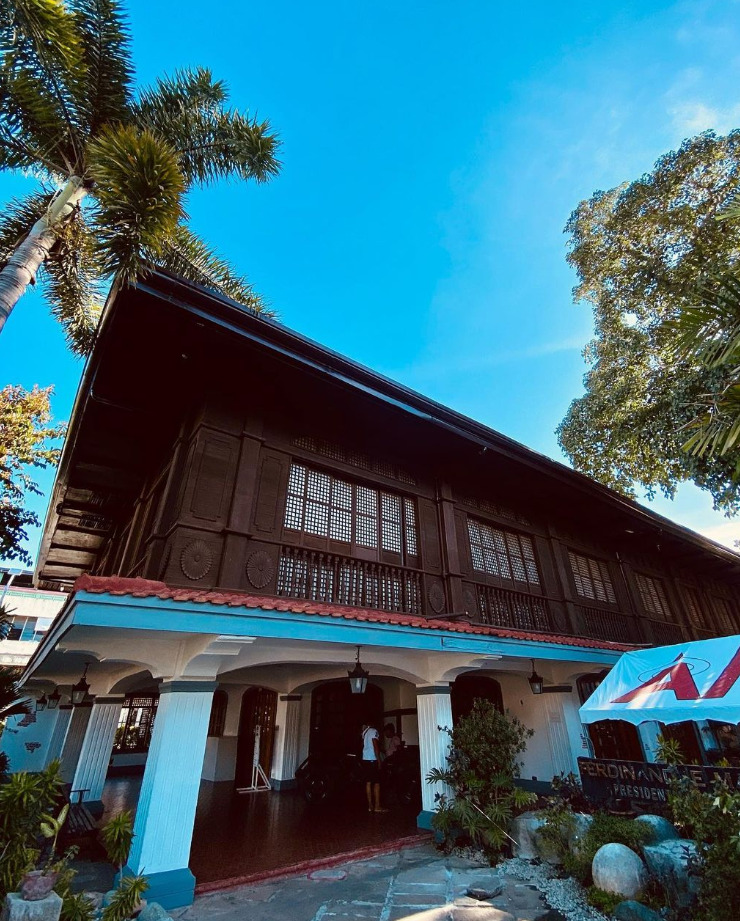
The Marcos Museum is in Batac, Ilocos Norte, dedicated to former Philippine President Ferdinand Marcos. The museum showcases his life, achievements, and contributions to the country. Visitors can see a collection of his personal belongings, including his clothing, jewelry, and even his famous shoes. The museum also features a replica of the Malacanang Palace, the official residence of the President of the Philippines, and a gallery of Marcos’ paintings.
Fort Ilocandia
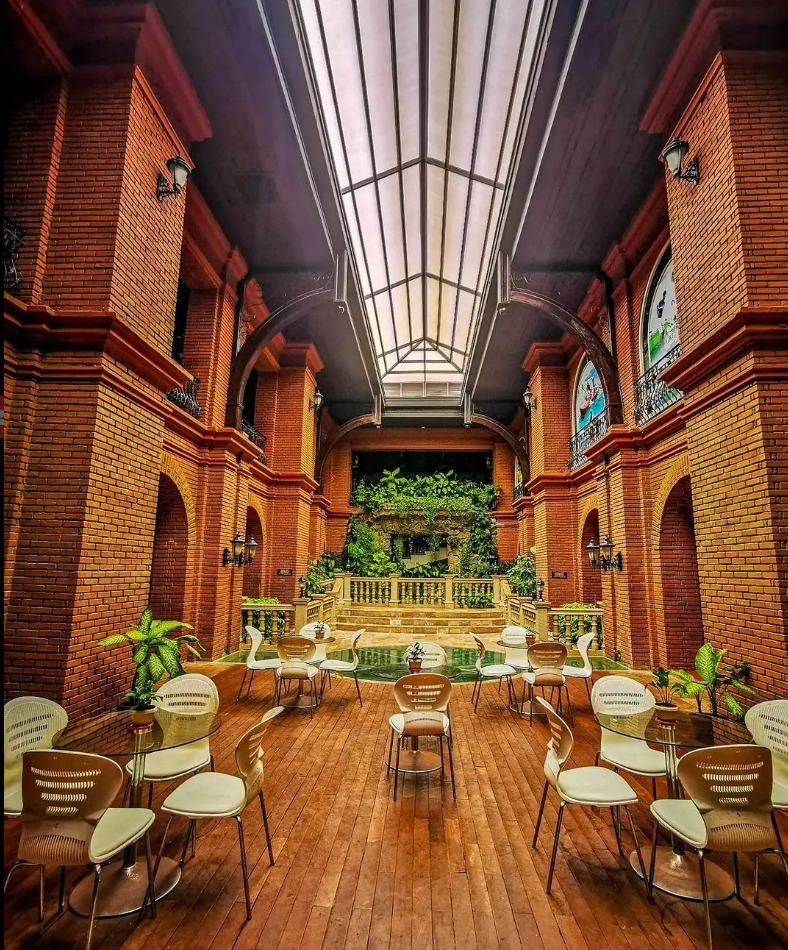
Fort Ilocandia is a historical landmark located in Laoag City, Ilocos Norte. It was built in 1591 by the Spaniards to protect the city from pirates and other invaders. Today, the fort has been transformed into a luxury hotel and resort, but visitors can still see the remnants of its past through its museum. The museum features a collection of artifacts and relics from the Spanish colonial era, including weapons, pottery, and religious items.
Other museums and galleries in the Ilocos Region include the Museo Ilocos Norte, Kamay na Bato Art Gallery, and the Crisologo Museum. Each museum offers a unique insight into the history and culture of the region, making them a must-visit for anyone interested in learning more about the Philippines’ rich heritage.
Cuisine and Specialties
Ilocos Region is known for its unique and flavorful cuisine reflecting its rich cultural heritage. The region’s cuisine is a fusion of Chinese, Spanish, and Malay influences. Ilocanos are known for their love of salty and sour flavors, which are evident in many of their dishes.
One of the region’s most popular dishes is bagnet, a deep-fried pork belly that is crispy on the outside and tender on the inside. It is often served with vinegar, garlic, and onions dipping sauce. Another specialty is empanadas, deep-fried pastries filled with ground meat, vegetables, and eggs. The crust is made of rice flour, giving it a unique texture.
Mangoes are also a specialty in the region, particularly in San Nicolas. The town is known for producing the sweetest mangoes in the country. Visitors can try mangoes in various forms, including dried, pickled, and fresh.
Tobacco is another significant product of the region, particularly in Candon. Visitors can witness the traditional tobacco production process, from planting to curing. The town also has a tobacco museum that showcases the history and culture of tobacco in the region.
Corn is also essential in many Ilocano dishes, including binatog, boiled corn kernels mixed with grated coconut and salt. Another popular dish is the Ilocos-style corned beef, made with corned beef, onions, tomatoes, and garlic.
Overall, the Ilocos Region’s cuisine and specialties offer visitors a unique and unforgettable gastronomic experience.
Travel and Transportation
Getting to the Ilocos Region is made easy by the various modes of transportation available. For those coming from Manila, the most common way to reach Ilocos is by bus. Several bus companies offer daily trips to the Ilocos Region from Manila, with travel time ranging from 6 to 12 hours depending on the destination and traffic conditions. Some of the popular bus companies include Partas, Farinas, and Florida.
Taking a bus is the most affordable option for travelers on a budget. The fare for a one-way trip to Ilocos Region from Manila can range from ₱400 to ₱1000, depending on the bus company and the destination. Booking tickets in advance to secure a seat is recommended, especially during peak season.
For those who prefer a more flexible itinerary, renting a car or hiring a private vehicle is also an option. This is ideal for travelers who want to explore Ilocos at their own pace and schedule. Car rental services are available in major cities, including Manila and Laoag.
Visitors can follow a recommended itinerary to make the most of their trip, such as the 7-day Ilocos Itinerary that covers Vigan, Laoag, Pagudpud, Adams, and more. This itinerary includes popular attractions such as the Paoay Church, Paoay Sand Dunes, Kapurpurawan Rock Formation, and the Bangui Wind Farm.
Visitors can choose from several transportation options when it comes to getting around Ilocos Region. Tricycles, jeepneys, and buses are the most common modes of transportation for short distances. Tricycles are ideal for getting around town, while jeepneys and buses are ideal for traveling between cities.
Shopping and Souvenirs
Ilocos Region is a great destination for unique souvenirs and shopping experiences. From bustling markets to modern shopping malls, there are plenty of options.
Shopping Malls
For those who prefer air-conditioned comfort and modern amenities, the Ilocos Region has several shopping malls to offer. One of the most popular is Robinsons Place Ilocos Norte, which has many shops and restaurants. Another option is Puregold San Nicolas, known for its affordable prices.
Markets
For a more traditional shopping experience, visitors can head to one of the region’s many markets. The Laoag City Public Market is popular, offering everything from fresh produce to handicrafts. The Vigan Public Market is also worth a visit, with its charming colonial architecture and an array of local products.
Souvenirs
When it comes to souvenirs, Ilocos Region has plenty to offer. Visitors can take home a piece of the region’s history with traditional handicrafts such as Abel Iloco, a type of woven fabric, and Burnaby pottery made using ancient techniques.
Foodies will also find plenty to take home, including bagnet, a crispy pork dish, and Vigan longganisa, a type of sausage. Other popular souvenirs include miniature windmills, a nod to the region’s renewable energy initiatives, and keychains made from local shells.
Overall, shopping and souvenirs are important to the Ilocos Region experience. Whether visitors are looking for modern malls or traditional markets, plenty of options exist. And with so many unique souvenirs on offer, there’s something for everyone to take home as a reminder of their trip to this beautiful region.
